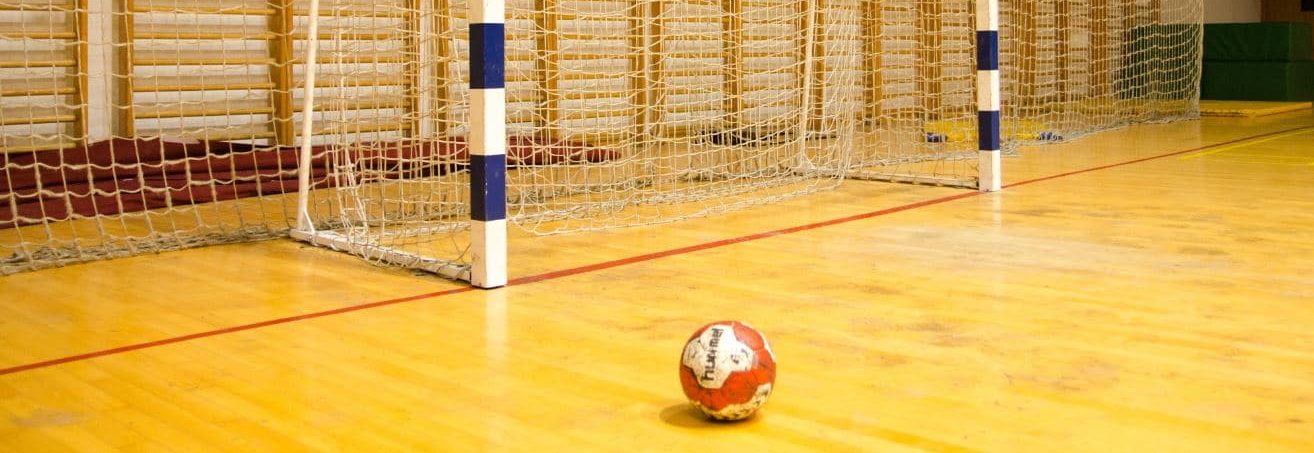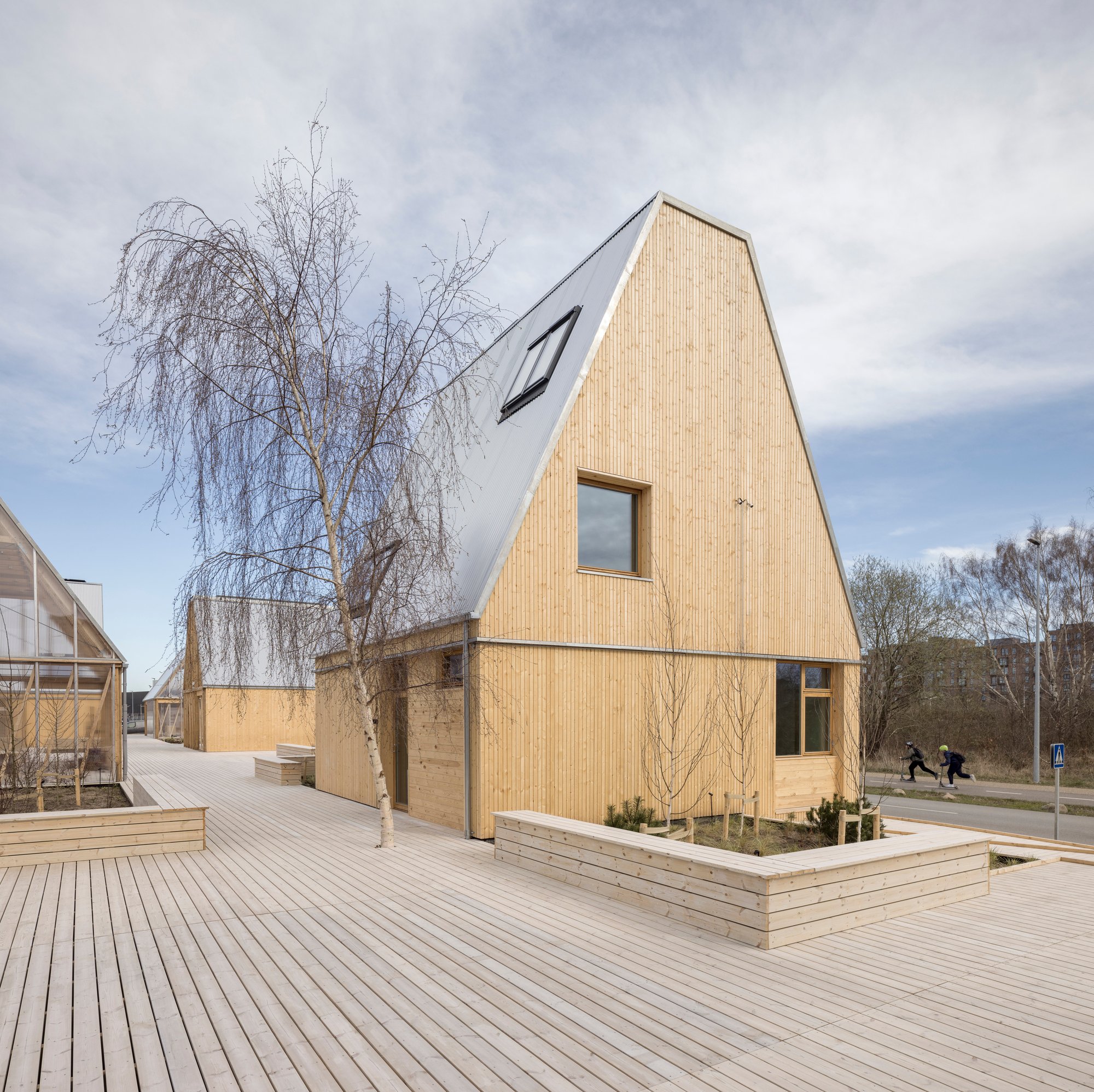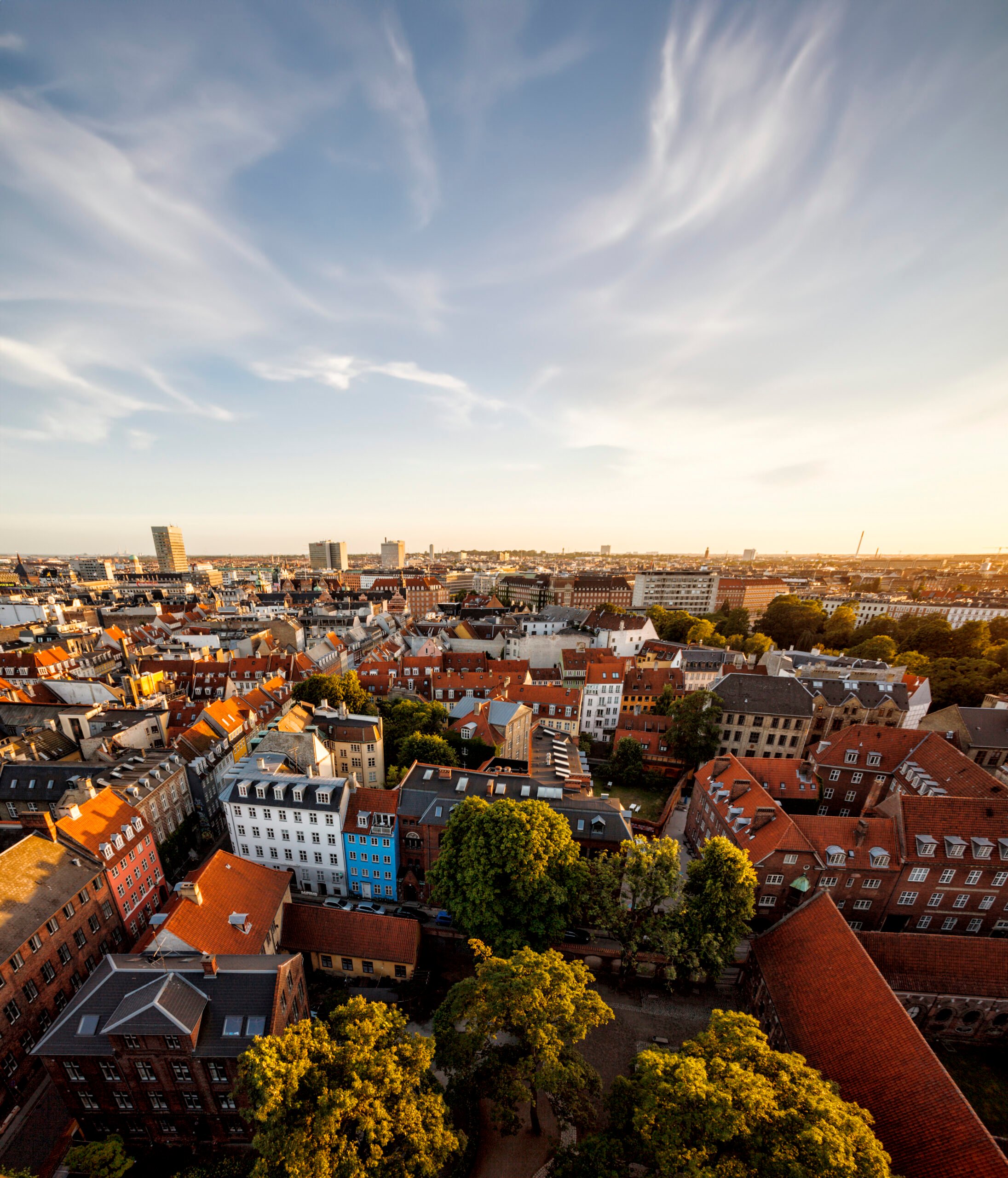News
Buildings
Energy efficiency in buildings
Denmark undertakes large-scale energy efficiency renovations during COVID-19 crisis


Sports facilities, community centres and other places commonly used in Denmark for social gatherings and sports have been left empty for over a month amidst the COVID-19 crisis. While this has a negative social effect, it might prove beneficial for the green transition.
The Danish government has decided to suspend the limit on the construction budget for Danish municipalities, which normally regulates public expenditure. The increased expenditure is expected to amount to around EUR 340 million in advanced investments, while payments to contractors at the amount of EUR 740 million are advanced, writes the Danish newspaper Berlingske.
-Related solution: The case for healthy buildings – schools
With the opening up of the budget, many sports and social facilities have decided to improve their energy efficiency.
“We know that many of our members would like to contribute to the green transition, they may just need some help. Right now, many clubhouses are empty due to the corona crisis, and at the same time, the municipalities have suspended the limit on the construction budget, which makes it an obvious opportunity to look at now,” said Poul Broberg, Head of Public Affairs at the National Olympic Committee and Sports Confederation of Denmark (DIF), in a press release.
Energy efficiency among best solutions for green transition
Getting started on energy improvements can help both the climate and economy on the national level by keeping the wheels turning sustainably. Long-term, energy efficiency is also one of the cheapest means of advancing the green transition and can result in enormous savings.
-Related solution: Energy Efficiency buildings in Malaysia
In Denmark, 40 per cent of the energy is used in buildings and construction. It therefore accounts for one third of Danish emissions. It is important to maintain these buildings – not just because they are important economic assets but also because they are meant to last. Around 90 per cent of current Danish buildings will still be standing in 2030. The investments in sustainable construction and energy efficiency are already entrenched in the Danish municipalities.
At the local level, sports clubs, clubhouses or community centres can benefit economically from the investments in energy efficiency. For example, new windows, LED lights, heat pumps and better insulation can reduce energy costs significantly.
Killing two birds with one stone
While the advancement of the construction does pose a risk for next year’s budgeting, it comes at a much appreciated time for companies and employees. The agreement to suspend the budget limit is killing two birds with one stone, underlined Lars Sandahl Sørensen, CEO of the Confederation of Danish Industry, to Berlingske.
“We are getting renovated buildings, which would in any case be renovated at a later date. Hence businesses are alive and jobs are secured,” said Lars Sandahl Sørensen, and continued:
“It's about saving as many companies and jobs as possible so that we can move on quickly after the crisis. If the construction activity declines, it will not only affect the craftsmen. It will also affect architects, suppliers and the consulting engineers. These are good and much-needed investments that can now be initiated.”
Read State of Green's white paper "Energy renovation of buildings"
-Related sector page: Energy efficiency in buildings
Sources
Danish Energy Agency (in Danish)
EnergiWatch (in Danish)
Berlingske (in Danish)
Photo by Marino Bobetic on Unsplash
You should consider reading
solutions
Energy efficiency in buildings
+2















